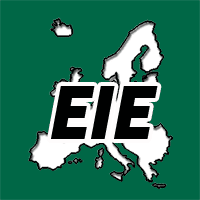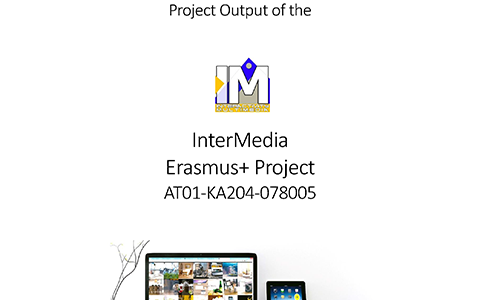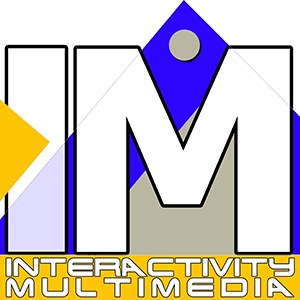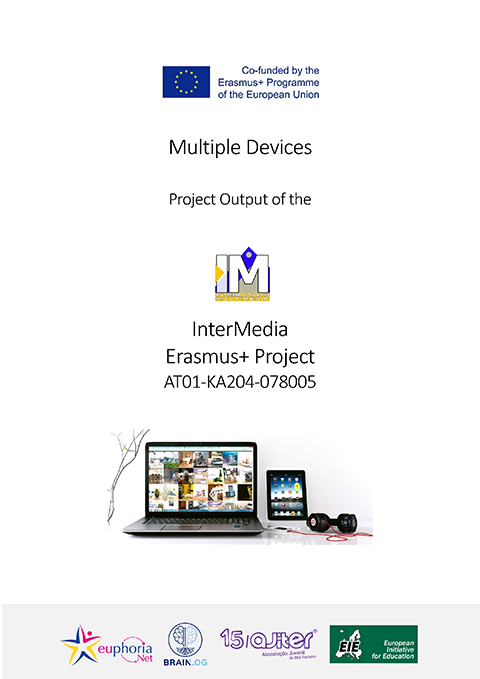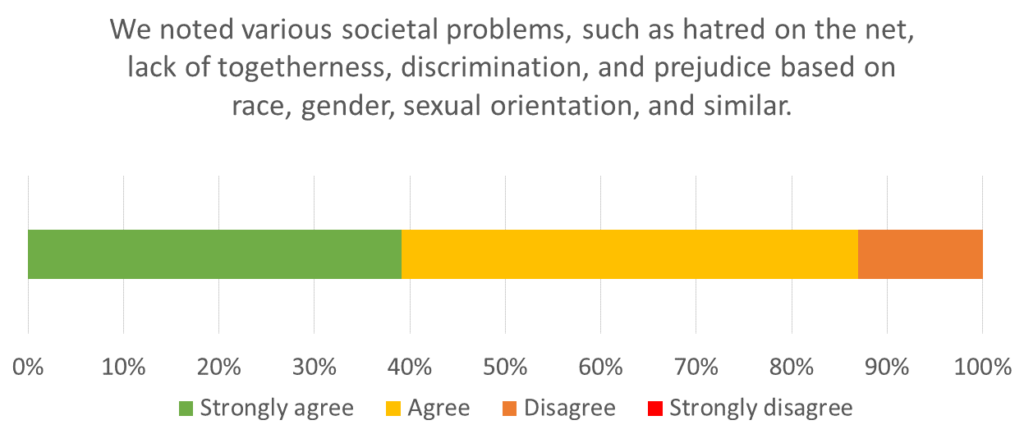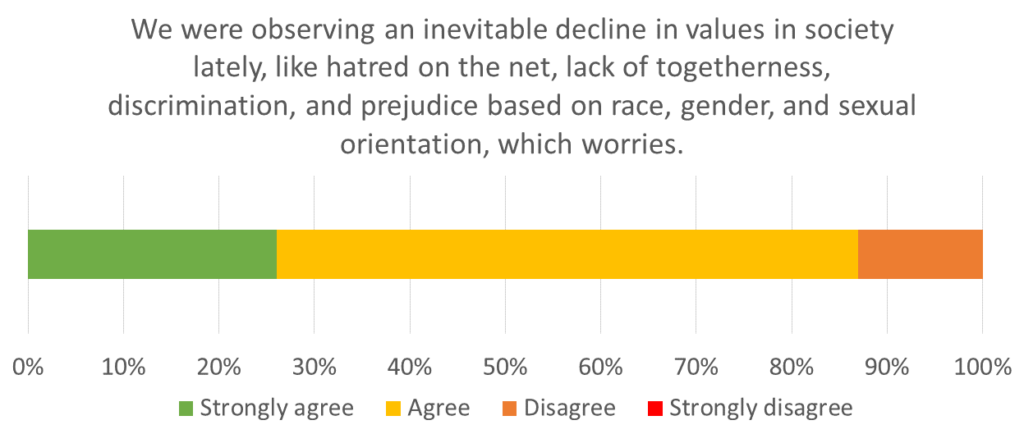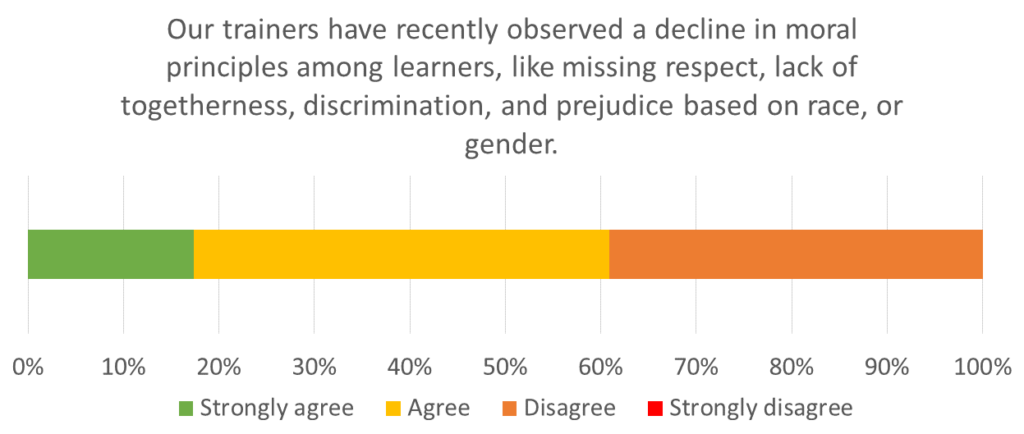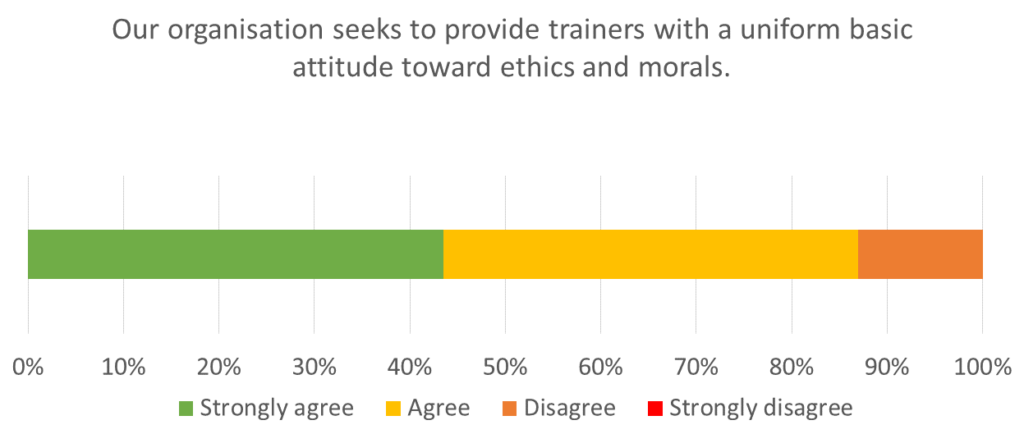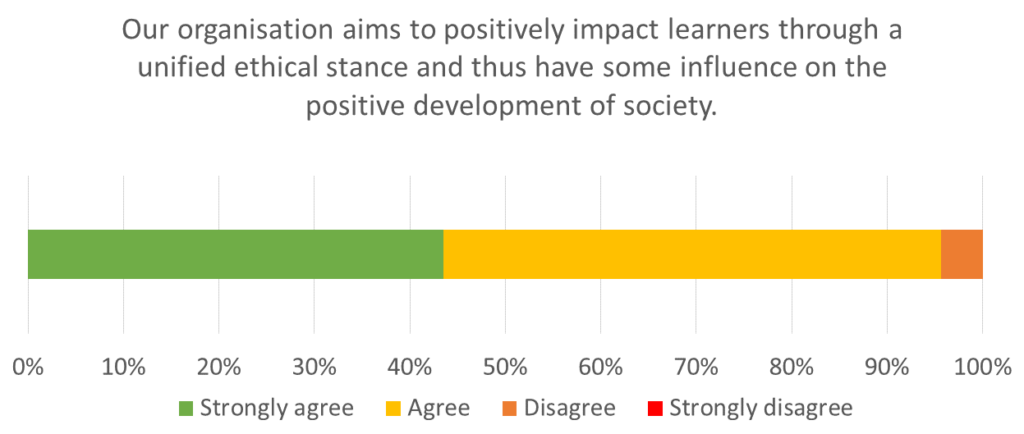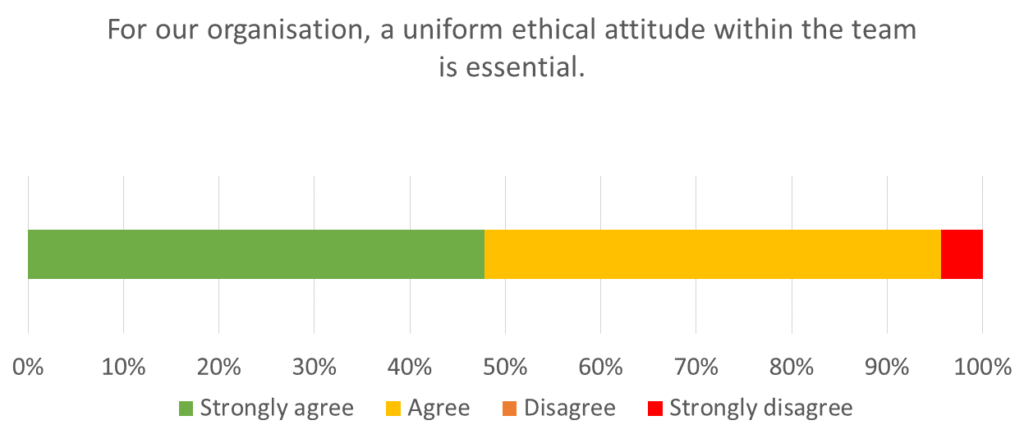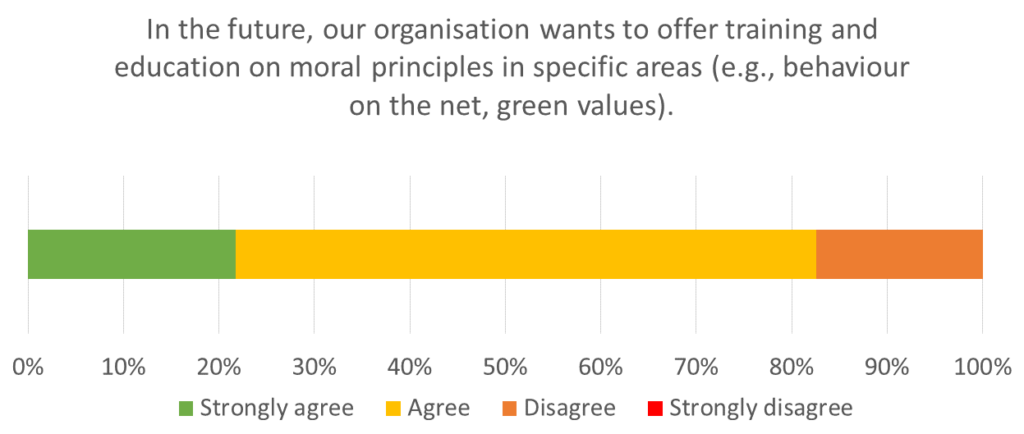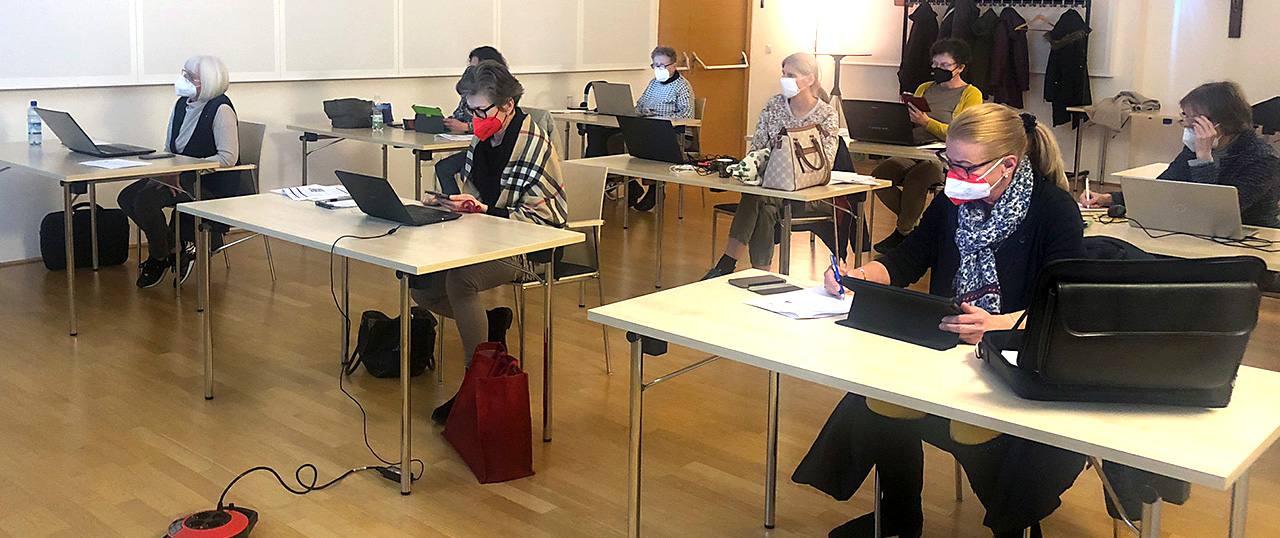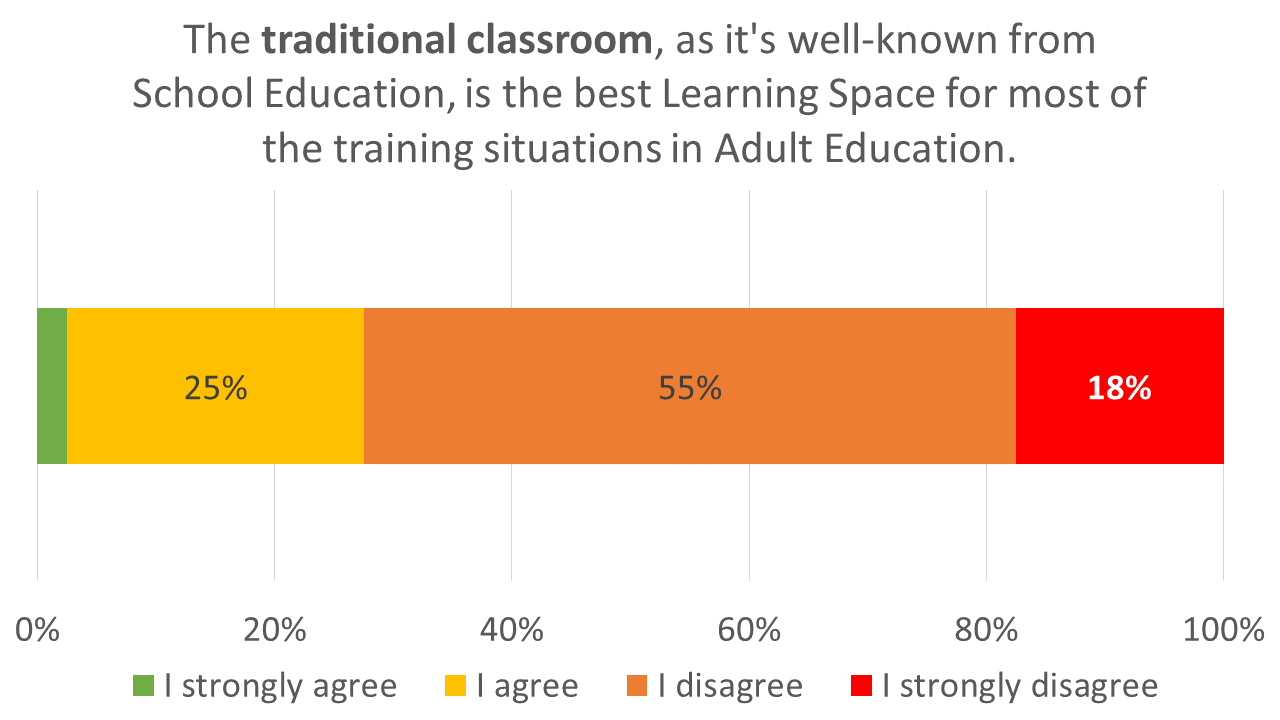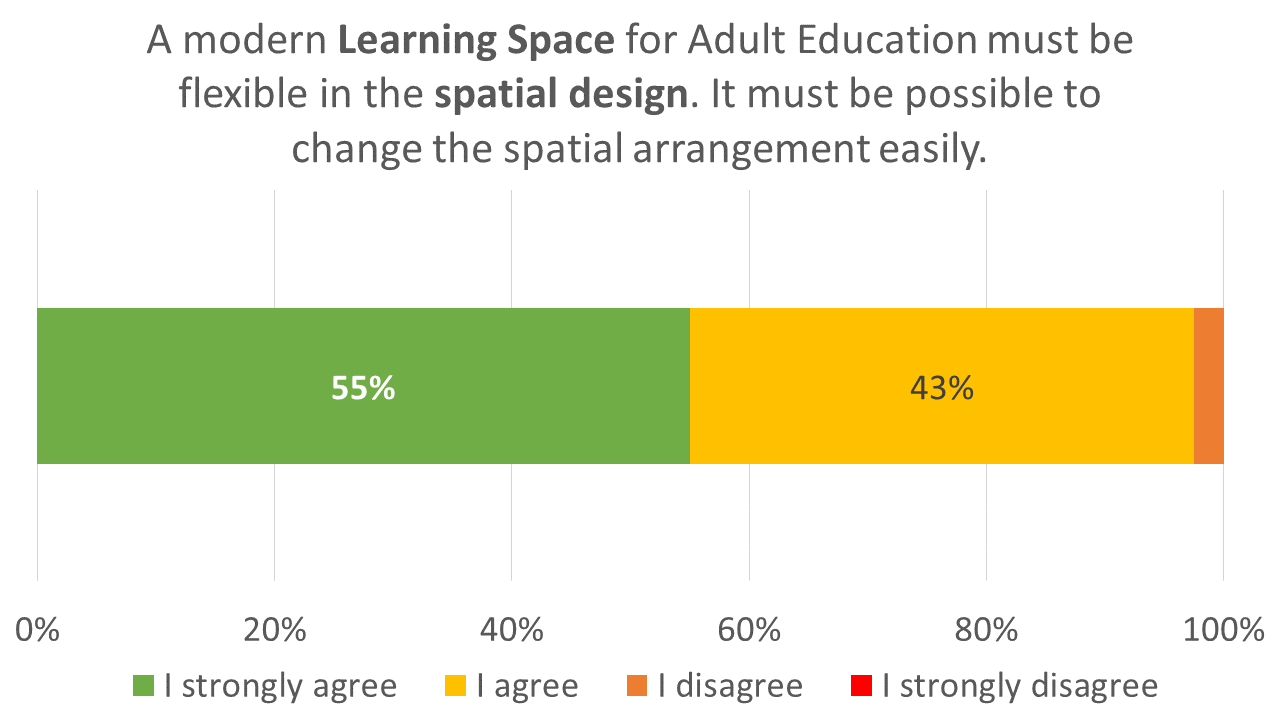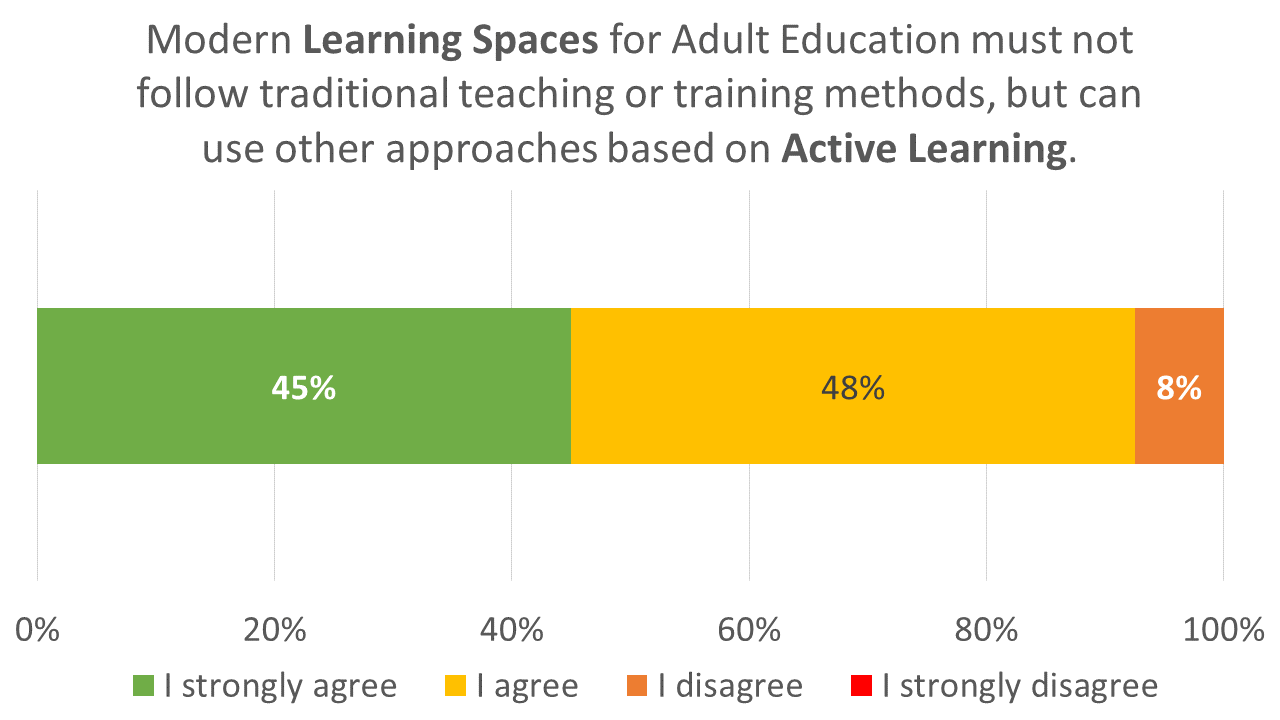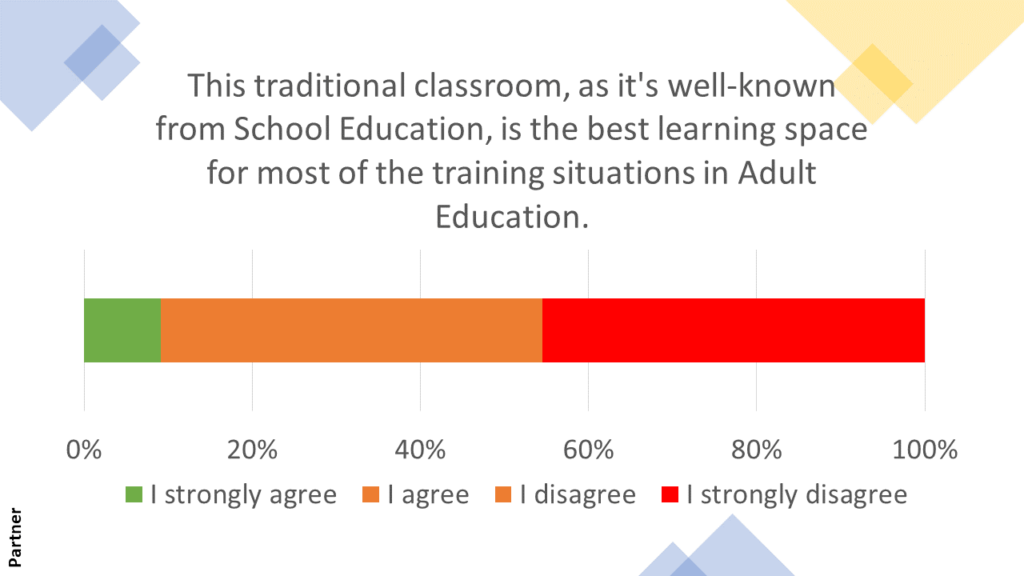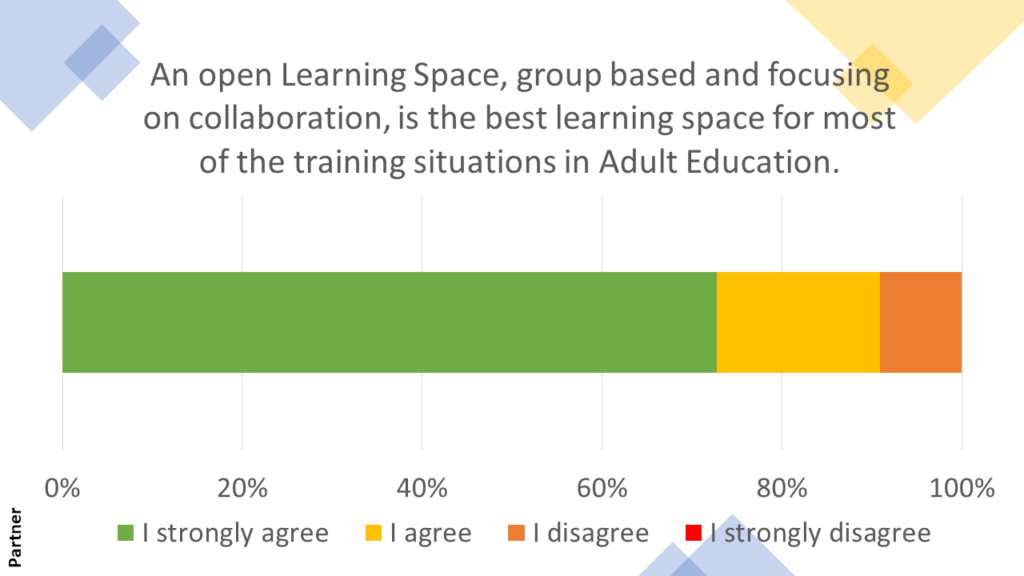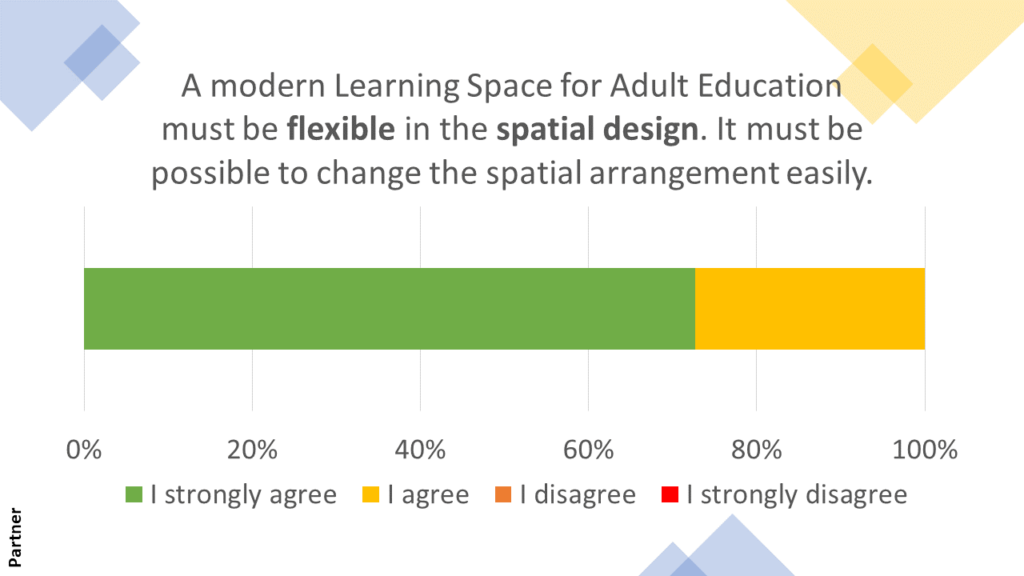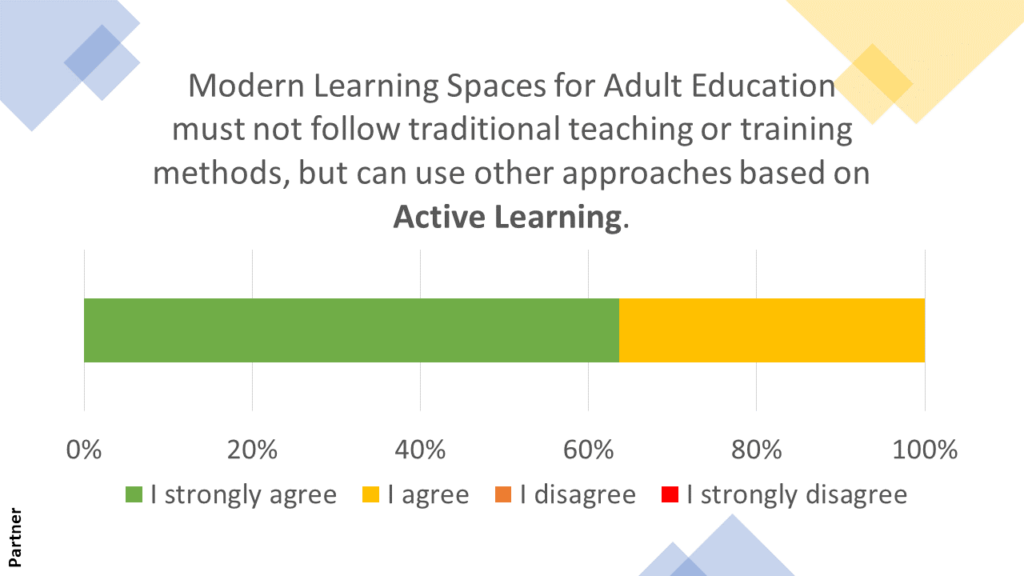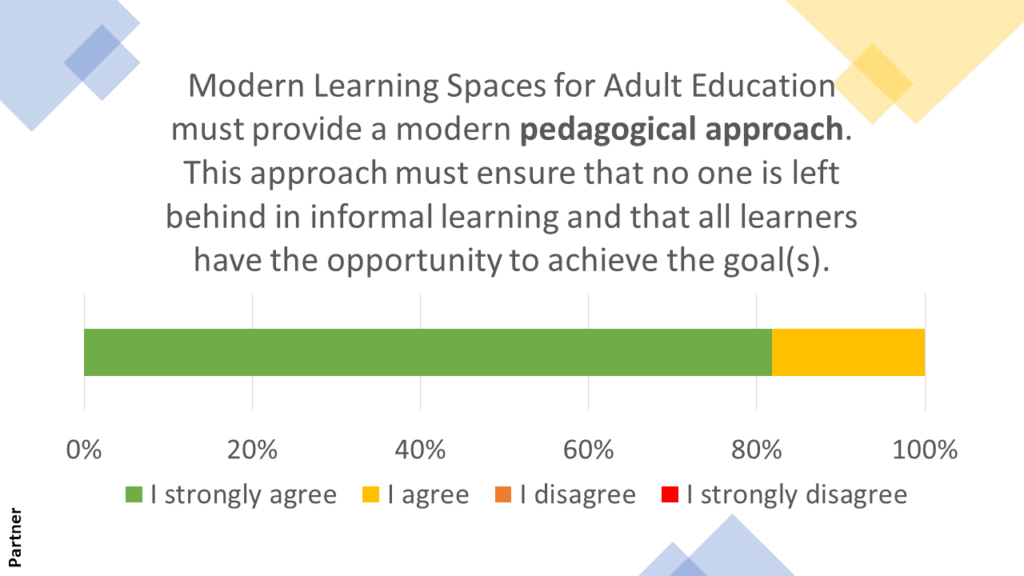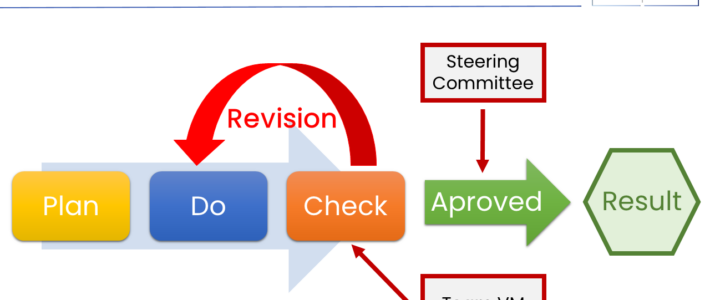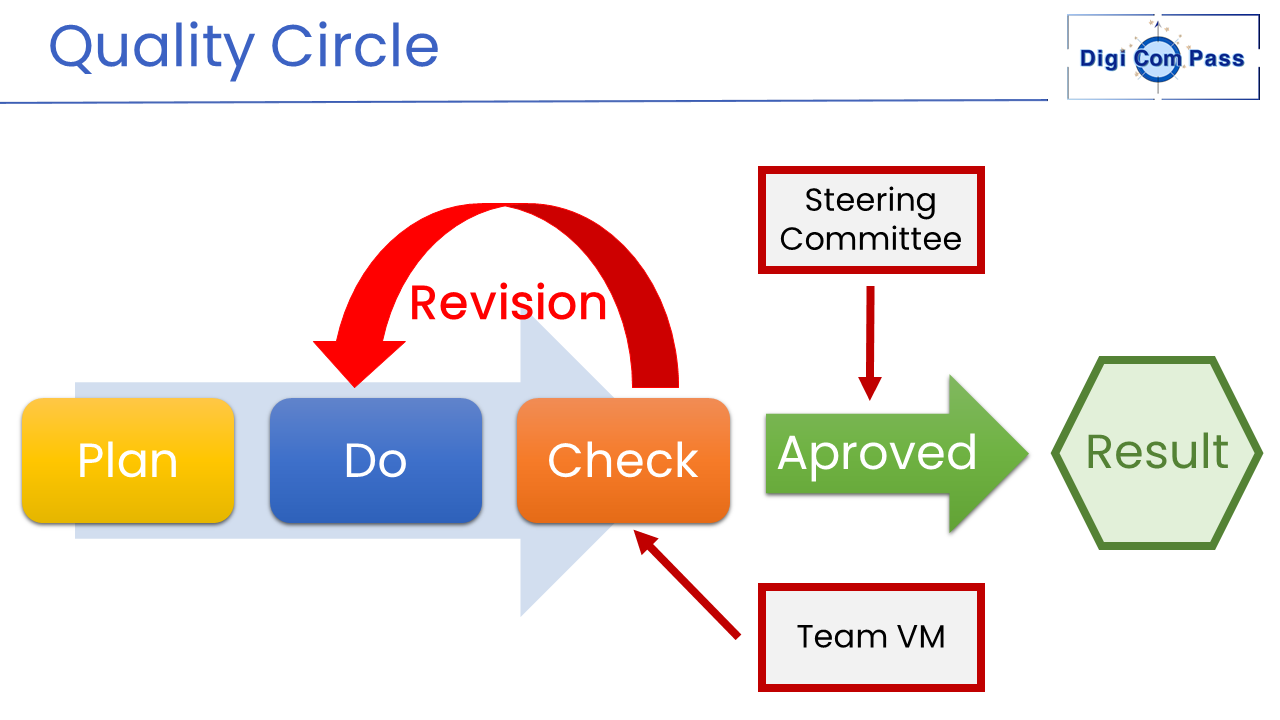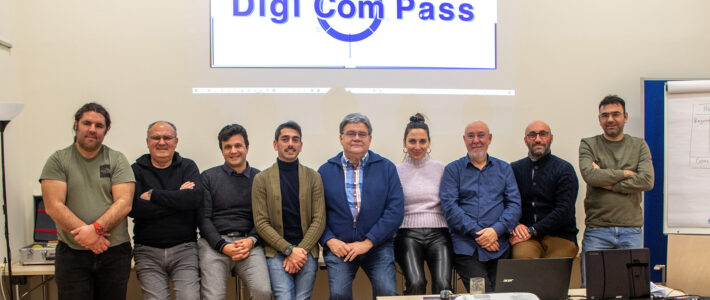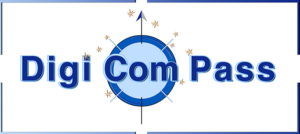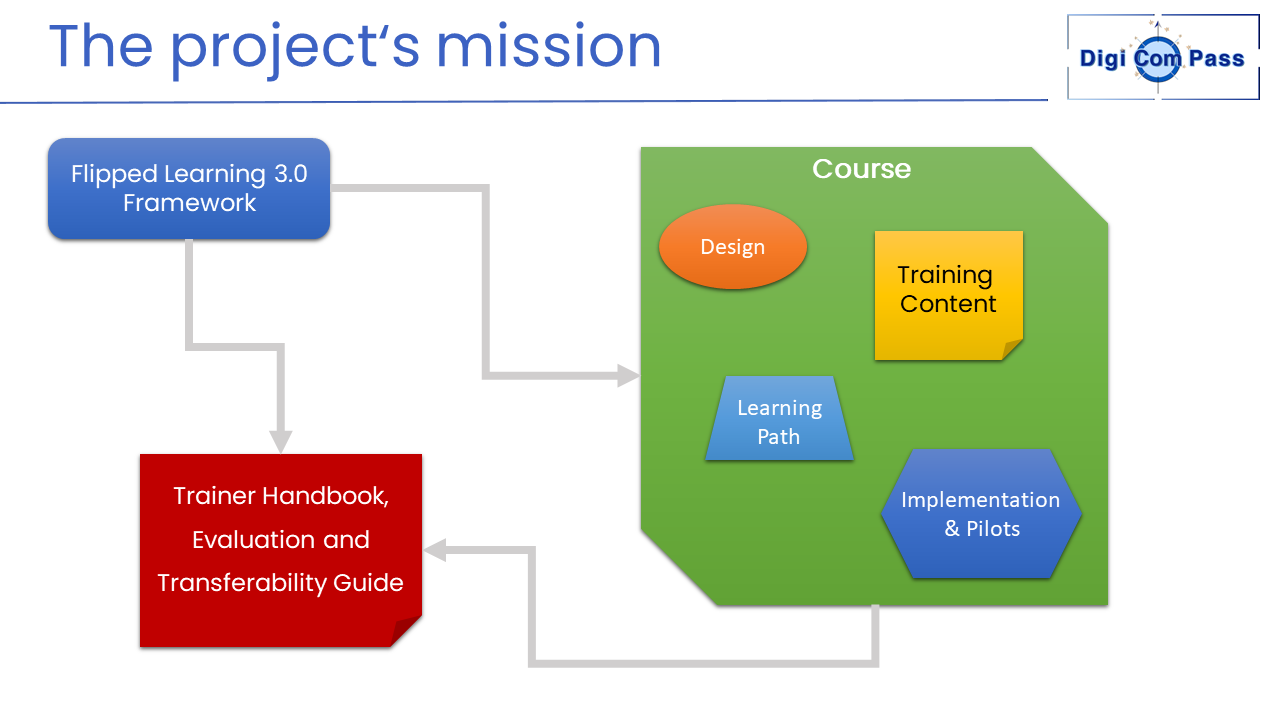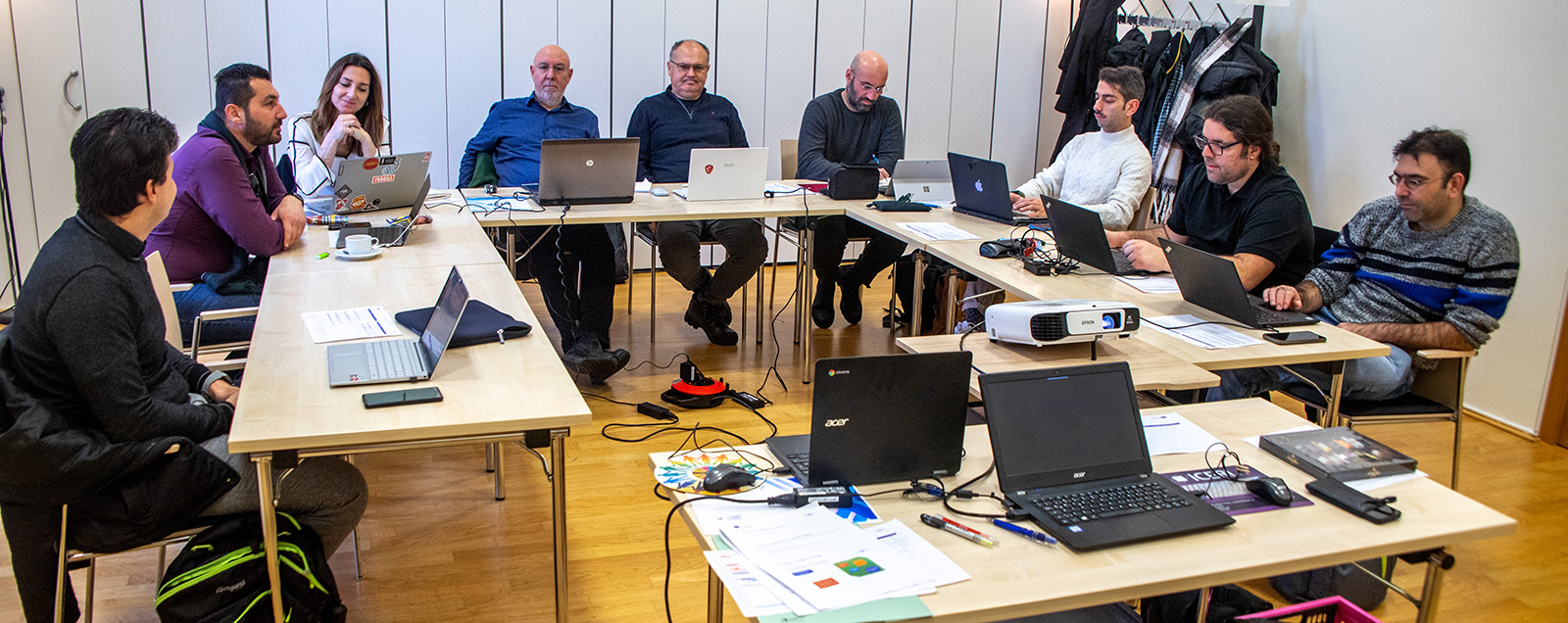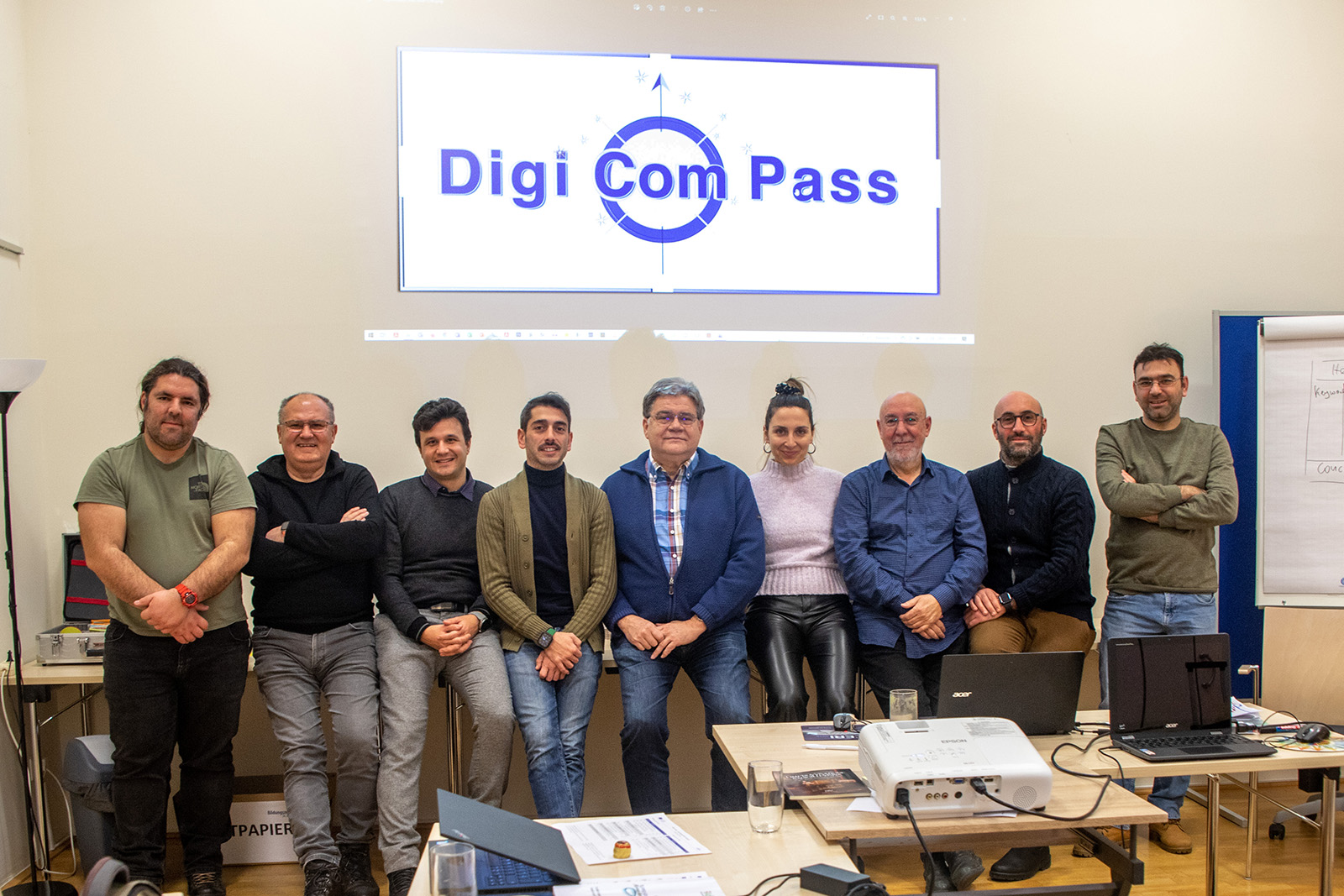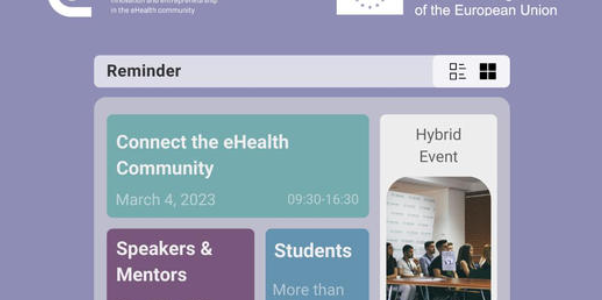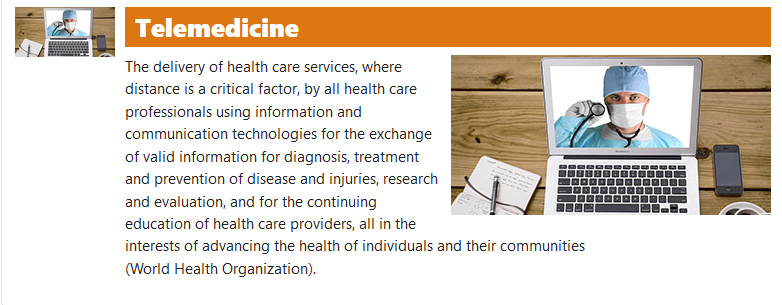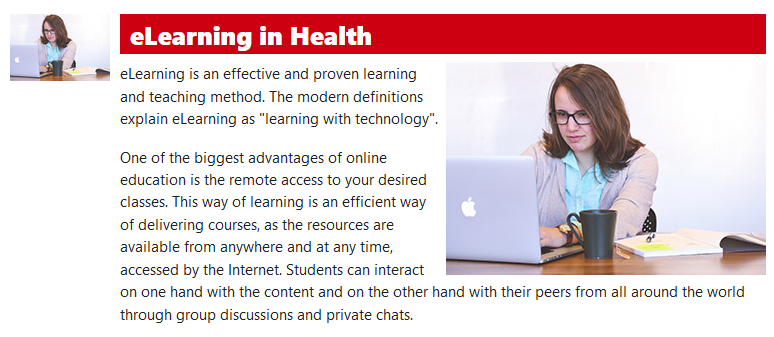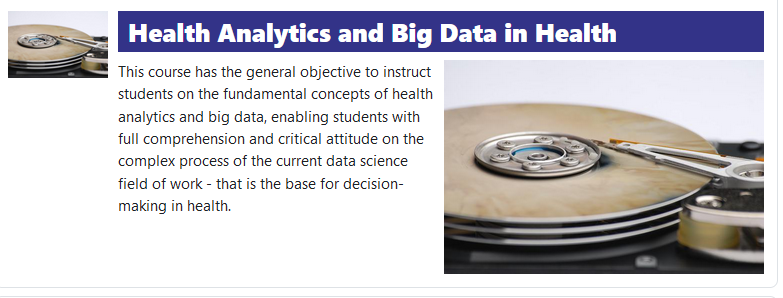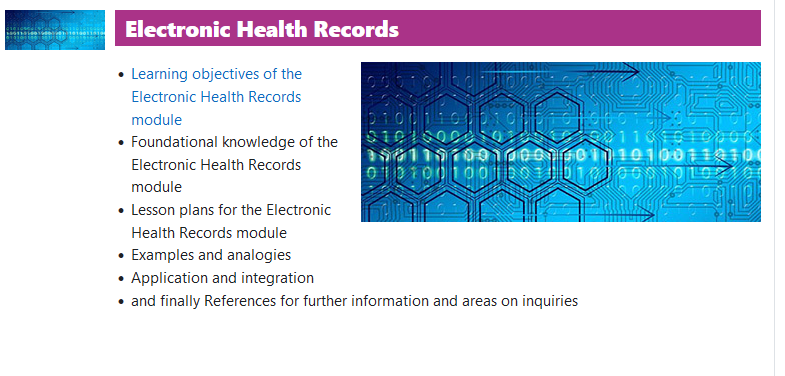WordPress as a Learning Platform
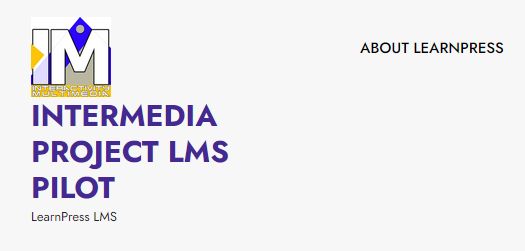
WordPress, when combined with suitable plugins, offers a wealth of opportunities and added value as a Learning Management System (LMS1). With its user-friendly interface and extensive plugin ecosystem, WordPress provides a flexible and accessible platform for creating and managing online courses.
Key benefits
One of the key benefits of using WordPress as an LMS is its simplicity and ease of use. The familiar and intuitive interface makes it easier for educators and learners to navigate and interact with the system. Additionally, WordPress offers a wide range of customizable themes, allowing users to create visually appealing and engaging learning environments.
WordPress plugins designed specifically for LMS functionality further enhance the capabilities of the platform. Plugins like Tutor, LearnPress, Masteriyo, and Lifter LMS bring features such as course management, content delivery, assessment tools, and student tracking. These plugins empower educators to design comprehensive courses, organize content, and monitor student progress, thereby facilitating effective learning outcomes.
Flexibility of a WordPress-based Learning Platform
Another advantage of using WordPress as an LMS is its scalability and flexibility. The platform can accommodate various types of educational institutions, from small tutoring centers to large universities. With the ability to handle multiple courses, user registrations, and assignments, WordPress ensures that educational organizations can scale their offerings as their needs grow.
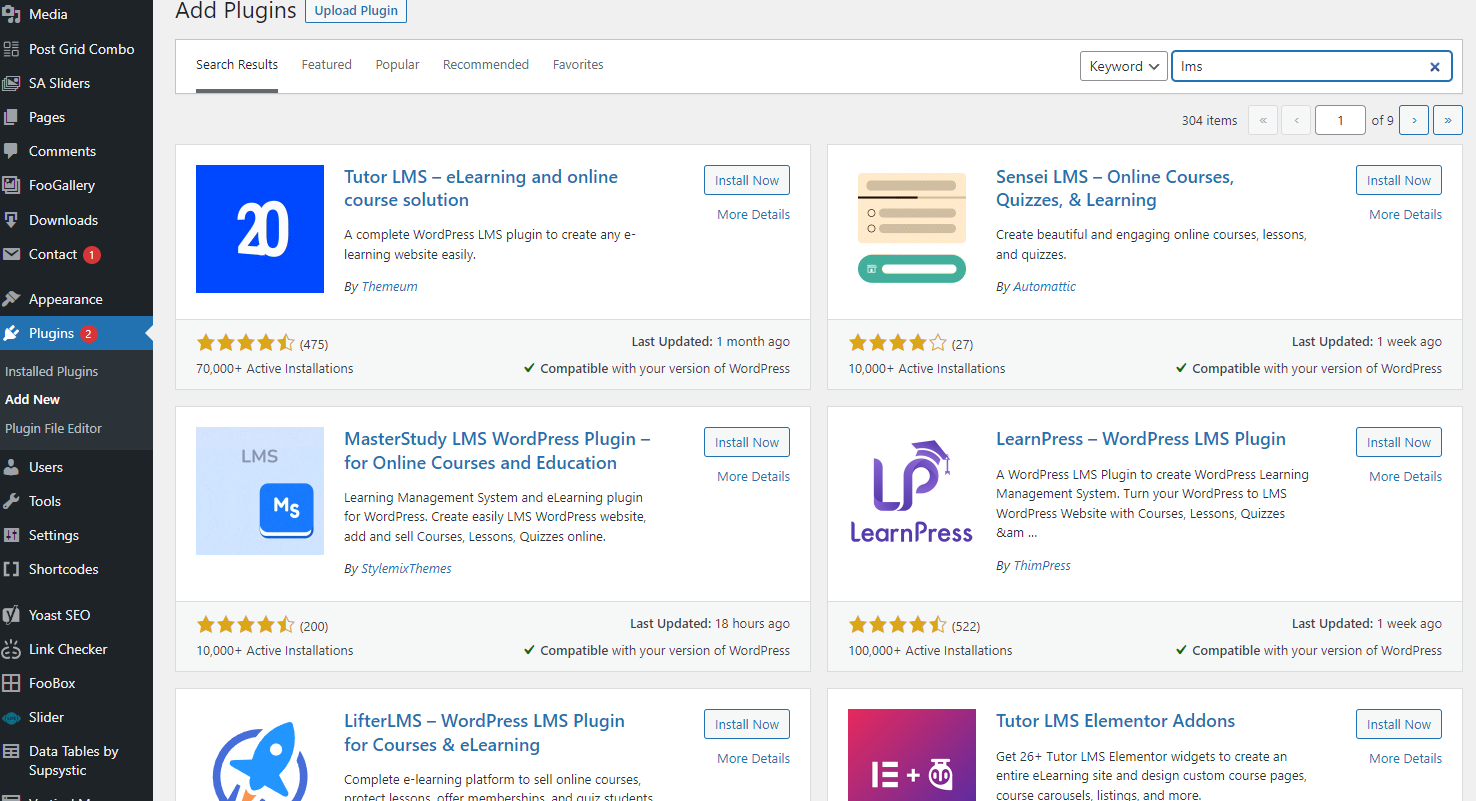
The plugin ecosystem for WordPress LMS solutions also adds value by providing diverse functionalities. For instance, plugins like Tutor and Lifter LMS offer options for discussion forums, gamification elements, certificates, and social learning features. These extensions enable interactive and collaborative learning experiences, enhancing student engagement and knowledge retention.
Furthermore, WordPress LMS solutions are often cost-effective compared to dedicated learning management systems. By leveraging WordPress, which is an open-source platform, educators and organizations can save on licensing fees and development costs. The availability of free and premium plugins also allows for customization without extensive programming knowledge.
WordPress-based Learning Platform community
Another significant advantage is the extensive community support and resources available for WordPress. As one of the most widely used content management systems, WordPress has a large community of users, developers, and experts who actively contribute to its development and provide assistance. This means that educators and administrators can access forums, tutorials, and documentation, ensuring they can find solutions and best practices for their LMS implementation.
In conclusion, using WordPress with appropriate plugins as an LMS offers numerous opportunities and added value for online education. Its user-friendly interface, customizable themes, and extensive plugin ecosystem enable educators to create engaging learning environments. The scalability, flexibility, and cost-effectiveness make WordPress a compelling choice for educational institutions of all sizes. With the continuous development and community support, WordPress LMS solutions are poised to play a significant role in shaping the future of online learning.
The InterMedia Project
The EBI coordinated the InterMedia Erasmus+ project. In the frame of this project, four different WordPress Plugins have been selected to create pilot Learning Platforms based on WordPress. The findings, evaluation of the plugins and other related outcomes of this project are available from the InterMedia project webpage.
1 LMS stands for Learning Management System, which refers to a software platform or system used for creating, managing, and delivering educational courses and content.
2 CMS stands for Content Management System, which is a software application used for creating, managing, and organizing digital content such as websites, blogs, or online platforms, allowing users to publish and update content without extensive programming knowledge.
